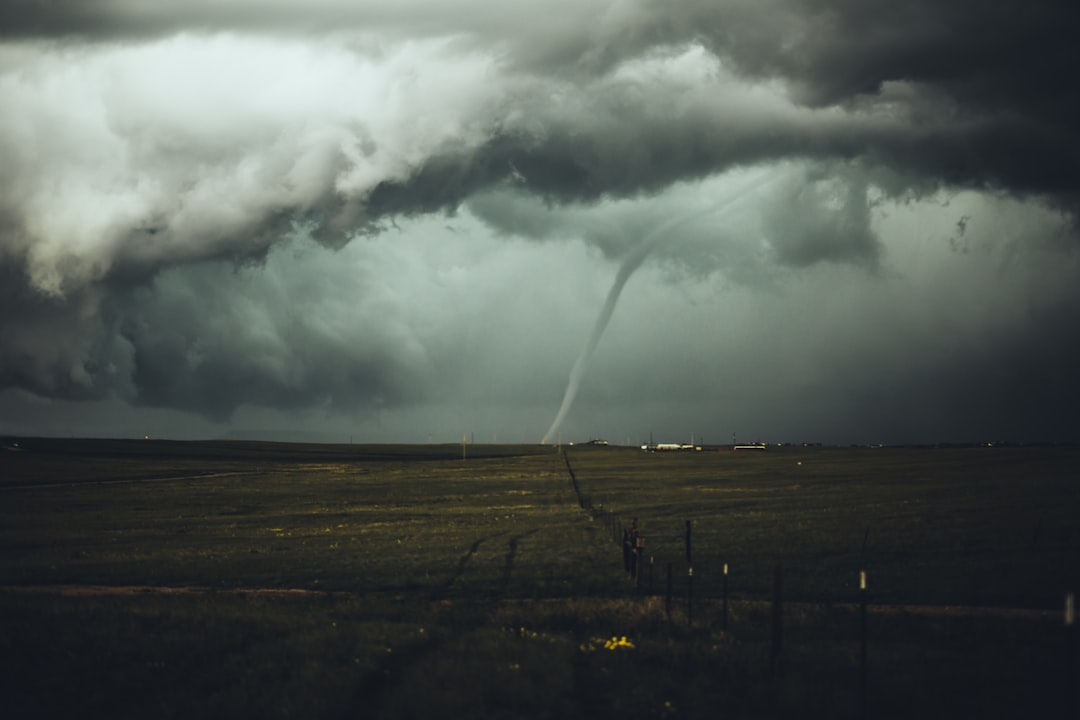What is it about?
This paper examines how well we can model the near-surface climate in the western Himalaya, Karakoram and Hindu Kush mountain ranges in Asia. To examine current levels of model performance here, we evaluated a model data product called the High Asia Refined Analysis (HAR) (Maussion et al., 2014). One of the key features of the study is that it looks beyond commonly examined variables (precipitation and temperature) at a broader range of near-surface climate variables, including incoming/net radiation and humidity. We found that HAR precipitation corresponds well with multiple datasets, while other variables show reasonable performance but some notable and inter-related seasonal variation in their biases. Most importantly, a general cold bias in temperature peaks in spring but reduces in summer, a pattern which appears to be related to deficiencies in HAR representations of both snow cover and cloud. This raises the possibility that improved land surface and cloud representations could lead to enhanced model skill in this important region.
Featured Image

Photo by saima dattuu on Unsplash
Why is it important?
River flows originating in the high mountains of this region are depended on by large populations for irrigated agriculture, hydropower and water supply. We need to be able to simulate precipitation, temperature and other climate variables effectively here to help understand and manage water resources in a changing climate. This study contributes to this need not only by evaluating how well current models perform, but also by identifying routes to possible model improvements.
Perspectives
I hope that this paper further demonstrates the value of the High Asia Refined Analysis (HAR) as a data source in this region, while also highlighting potential factors for consideration in further simulations of Himalayan climates.
David Pritchard
Read the Original
This page is a summary of: Evaluation of Upper Indus Near-Surface Climate Representation by WRF in the High Asia Refined Analysis, Journal of Hydrometeorology, March 2019, American Meteorological Society,
DOI: 10.1175/jhm-d-18-0030.1.
You can read the full text:
Resources
Contributors
The following have contributed to this page










